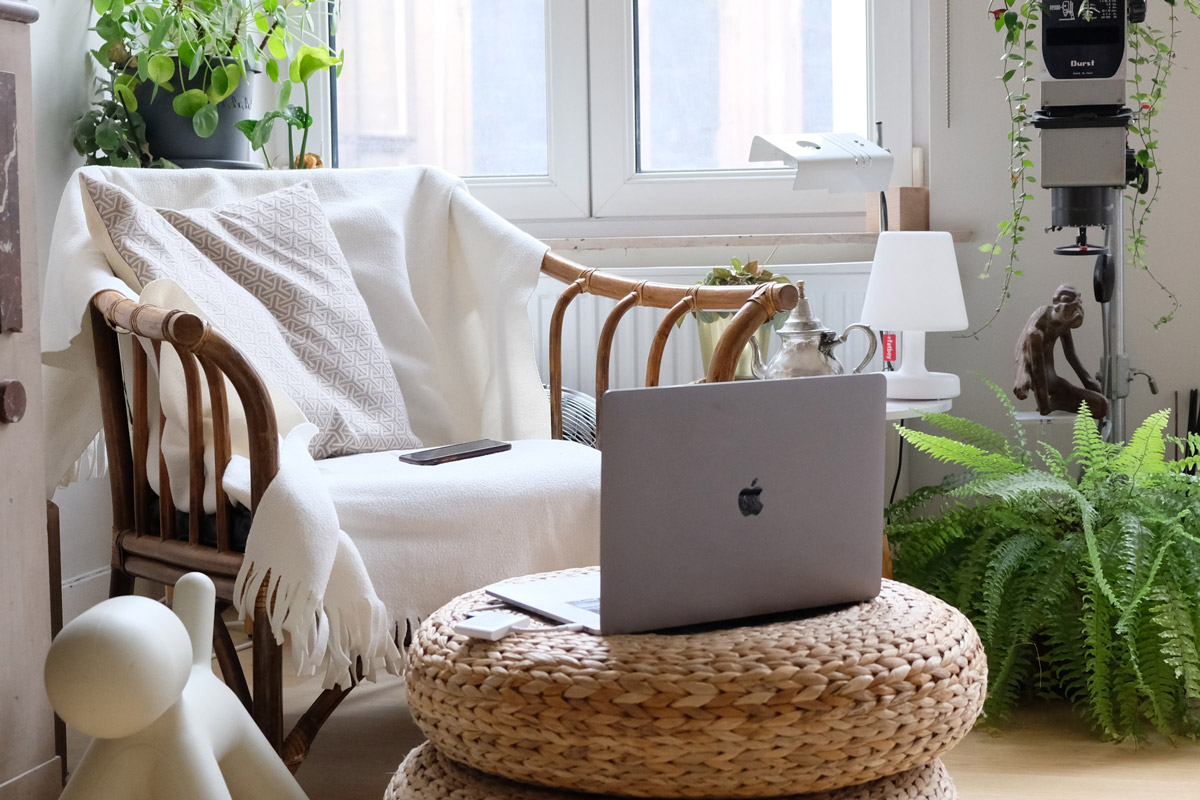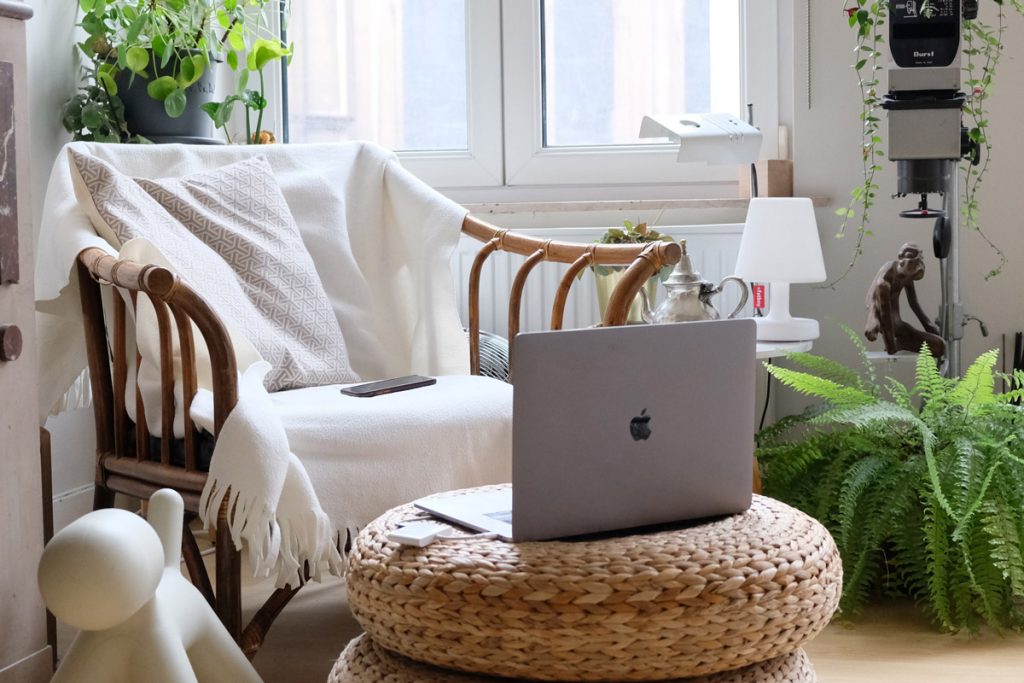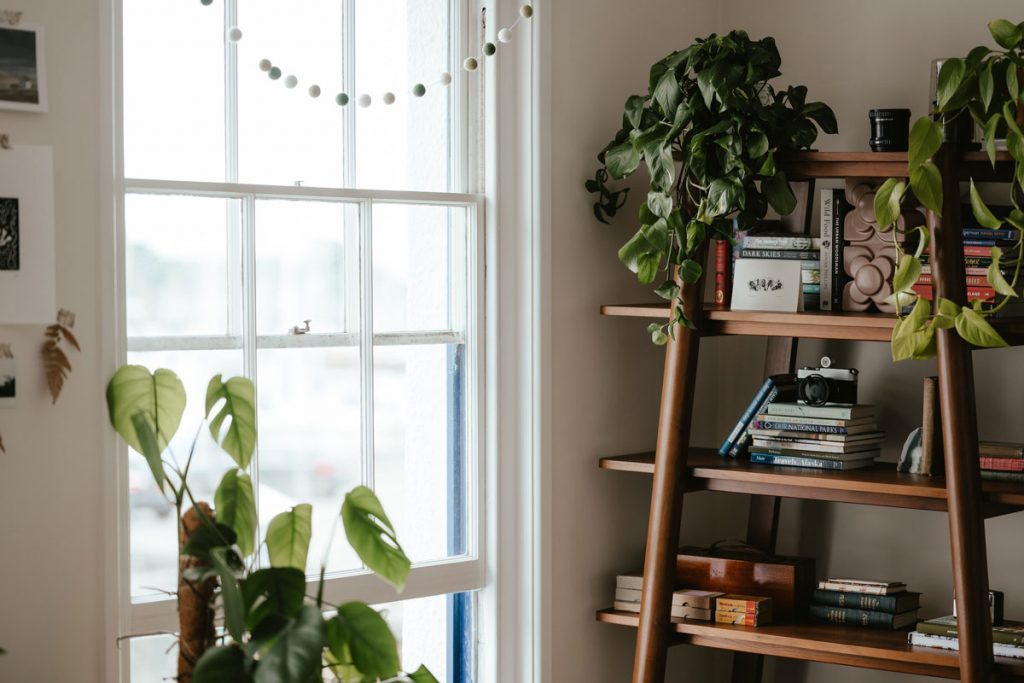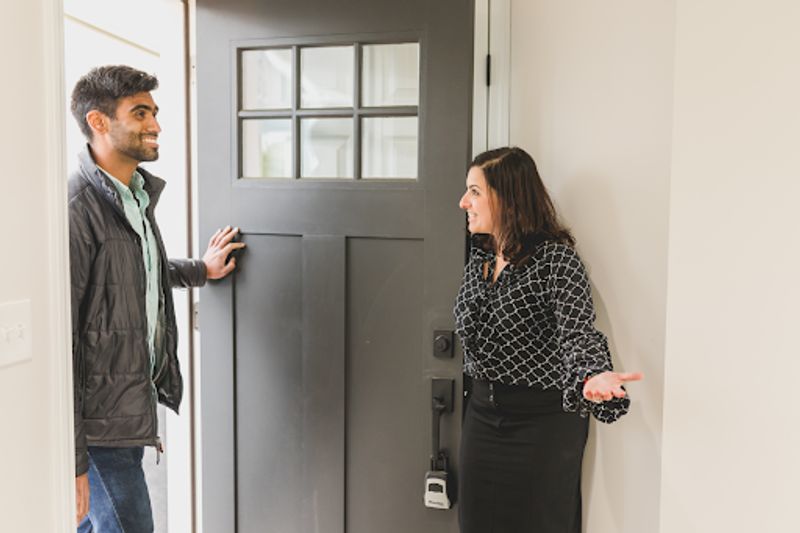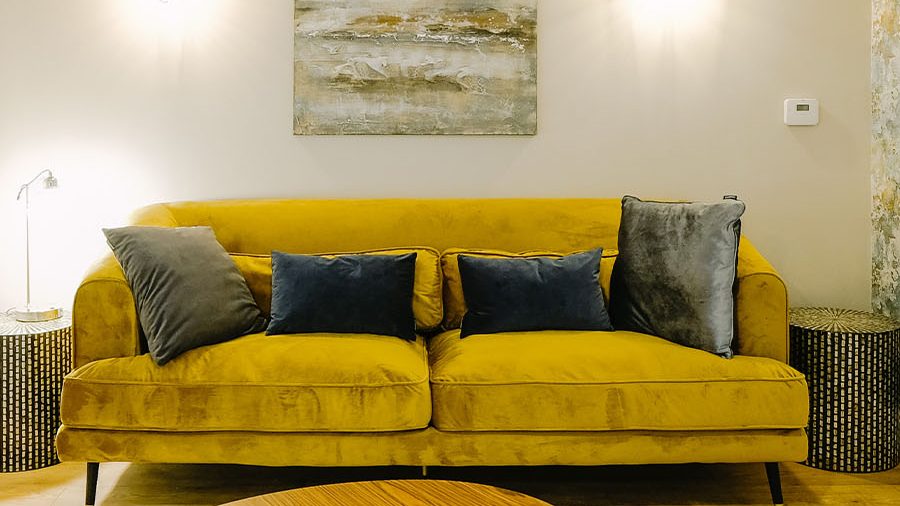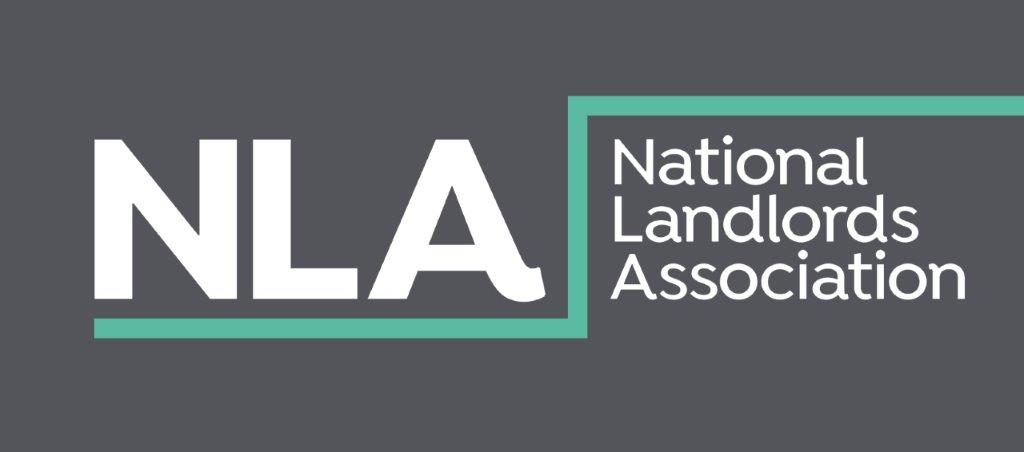
It’s no secret that most rental agreements contain a significant number of things that you can’t do in your property, with no nails or screws in the walls often being high up on the list. But that really doesn’t mean that you can’t make your rental feel like your home. So, let’s look at six simple ways that you can introduce some Christmas spirit into your home this festive season.
1. Put Up A Christmas Tree. Or Three!
Houseplants are one of the best ways to make a rental property feel like a home, so when the festive season arrives, make sure you put up a Christmas tree and adorn it with decorations that make you smile. If you want to really get into the Christmas spirit, there’s nothing stopping you putting up a few more smaller trees throughout your home.
With proper maintenance, a real tree shouldn’t cause any damage, but if you want to be extra cautious, the high street is bursting at the seams with some incredibly realistic looking artificial trees that you’ll be able to enjoy season after season.
2. Create a Cosy Atmosphere
Don’t panic if you aren’t permitted to light candles in your rental property, as there are plenty of other ways to create a super cosy ambience that feels warm and welcoming as soon as you step inside. Fairy lights can be arranged on table tops or placed into glass jars to provide soft lighting, and LED candles can look remarkably realistic when placed into hurricanes or nestled within other decorations on a coffee table or mantelpiece.
And if you’re keen to introduce some festive scents into your home this Christmas, simply pop a few reed diffusers on console tables and shelves throughout your home or invest in a water diffuser that will allow you to use essential oils to create your own personalised scent blends.
3. Play With Pattern and Texture By Layering Soft Furnishings
From festive bedding sets to throw pillows and blankets, layering soft furnishings is an excellent way to quickly transform the way your home looks and feels without making any major decor changes. You could even invest in a large rug with a festive pattern or colour scheme, which can be neatly tucked away in a cupboard or under the bed throughout the year.
If your rental property has blinds and you want to soften your windows, it is incredibly easy to hang a light curtain or wall hanging by using a tension rod that won’t cause any damage. Window dressings not only look great, but they can also help to keep the warmth in and contribute to a cosier atmosphere in your home.
4. It’s All In The Details
Even the smallest things can make a huge difference to the way your home looks and feels, so no festive accessory is too small or insignificant. From switching out your usual bathroom soap dispensers for festive alternatives to swapping your regular kitchen tea towels for those featuring a festive pattern, design or colour palette, incorporating Christmassy touches into every room can bring joy to even the most mundane everyday tasks.
Window and mirror stickers are just one example of a small yet simple home accessory that can instantly transform the feel of your space. From elaborate winter scenes to simple snowflakes, window stickers cling to glass and don’t leave any traces behind once they are removed.
5. Incorporate Art
Looking at colourful artwork has been proven to make us happy, and the great news is that there are now ways to hang things on walls without needing to make any holes.
But if you want to do everything you can to minimise the chance of damage, you could also simply prop pictures, prints and artwork up against the wall on a nightstand, console table or mantelpiece. This method also makes it super easy to refresh the art in your space to create different moods and atmospheres to suit your mood or the season.
6. Don’t Forget Your Outside Space
Whether you’ve got a garden, a courtyard or just a front doorstep, some carefully placed festive decorations can help you to ensure that even the outside of your rental property feels homely this Christmas. Outdoor fairy lights can be used to adorn balconies or trees, and there are a variety of ways to hang a Christmas wreath on your door without needing to make any unnecessary holes.












